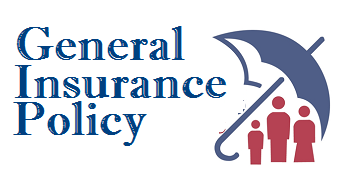Trading IPO for Profit
3 min read
Back in the securities exchange indefinite periods of my earliest youth, it wasn’t viewed as extensive news when an organization finished its first stock sale (IPO). Back in those tedious, dull, exhausting times, most financial backers needed to purchase stocks with a history of demonstrated benefits that delivered profits, had areas of strength for a sheet, or had deep-rooted, brand-name items for the Trading Upcoming IPO. Specific individuals purchased portions of organizations that had recently opened up to the world; however, not many of these silly, daring people were sufficiently insane to figure they could make money in only one day.
Assuming you concur that such measures are currently senseless and outdated, IPOs might be precisely the thing you’re searching for. Boston Chicken in November 1993, was perhaps the earliest organization to make a sensation when it opened up to the world. Its portions soar from $20 to $48 (143%) on its most memorable day. Netscape in 1995 was possibly the earliest “New Economy” public contribution to make the news. It shut 58% over its initial cost for this trading.
All the more super advanced, website organizations opened up to the world in quick progression. For a large portion of their originators and exceptionally positioned workers, the objective of opening up to the world was to get rich at that moment. Not getting more capital to extend the organization (the old, conventional perspective on opening up to the world as only another move toward an organization’s life cycle). Many of these organizations required a flood of money to continue to meet their payrolls.
Nonetheless, notwithstanding every maltreatment of the past, all organizations were new eventually in time. A few public contributions are of benefit to organizations at sensible costs. Your responsibility is to track down them. The primary spot to look is the S-1. This is a record the Securities and Exchange Commission (SEC) expects organizations to document. You can track them down online through the SEC’s Edgar data set. They’re free for Trading.
Begin with perusing the intro page. Most importantly, the organization should disclose insider action. A modest quantity is OK. You can expect that the organization pioneers should draw out a sensible measure of money to finally result in the MasterCards they used to fund its startup. Notwithstanding, assuming that they’re auctioning off critical portions of the business, that is a warning. On the off chance that they need out, for what reason would it be a good idea for you to need access?
The intro page of the S1 will let you know the personality of the guarantors. They’re the speculation financiers who’re assisting the organization with carrying out. They ordinarily take their stake in the business.
You’ll have to have an investment fund with the lead or optional financiers to get a designation of offers.
Likewise, the personality of the financiers is a hint concerning how much consideration their issue will get.
Next, read the Prospectus Summary. That is an outline of the organization, its items, and industry. Does its plan of action sound good to you?






